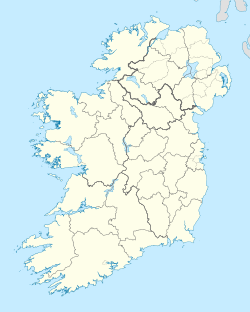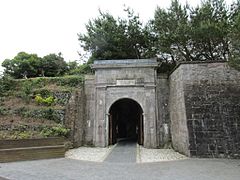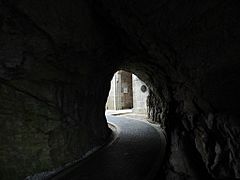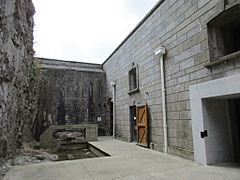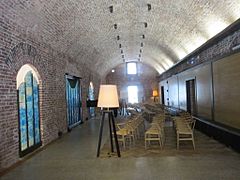Rocky Island (Cork) facts for kids
|
Native name:
Oileán Cathail
|
|
|---|---|

Rocky Island
|
|
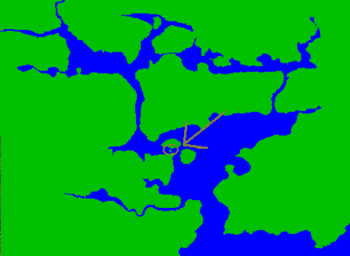
Location of Rocky Island within Cork Harbour
|
|
| Geography | |
| Location | County Cork, Ireland |
| Coordinates | 51°50′14″N 8°18′05″W / 51.83722°N 8.30139°W |
| Administration | |
| Province | Munster |
| County | Cork |
| Water body | Cork Harbour |
Rocky Island (called Oileán Cathail in Irish) is a small island in Cork Harbour, Ireland. It sits between a naval base on Haulbowline Island and the main land.
Long ago, in 1808, a special building was built on the island. This building was a gunpowder magazine, which means it was used to store gunpowder for the military. It was used for military storage for a very long time, even into the 1900s.
Later, the buildings were used by a company called Irish Steel until 2002. From 2005 to 2007, the island was updated. Today, it is home to the Island Crematorium. This was the first crematorium in the Republic of Ireland that was not in Dublin.
Two bridges connect Rocky Island to the mainland and to Haulbowline Island. These bridges are used by a single-lane road called the L2545.
The Island's History and Purpose
Rocky Island has a very interesting past. In the early 1800s, workers dug out the center of the island's rocky landscape. They built two large, triple-vaulted buildings there. These buildings were designed to be hidden behind the island's natural rocks. A rocky hill was left between the two buildings, and a watch tower was built on top of it.
Today, one of these two large buildings is still there. You can get inside it through a tunnel that goes through the rock. Inside the area, there is a courtyard at each end. These courtyards are connected by two paths that go around the main building.
Rocky Island's Modern Use
After its update, the main building was turned into a crematorium. A crematorium is a place where bodies are cremated (turned into ashes) after someone passes away.
The main part of the building is now a quiet "spiritual space" where funeral services are held. One side of the building has areas for families and a place for refreshments. The other side is where the staff works, and it also holds the machine that performs the cremation.
Gallery


